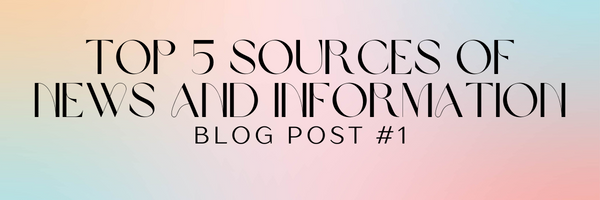The overview about the Supreme Court created by the History Channel entitled "Supreme Court" informs readers about the early days of the Supreme Court, Current and Notable Supreme Court Justices and Supreme Court Cases.
The Supreme Court of the United States (or SCOTUS), which was established in 1789 by Article Three of the U.S. Constitution, serves as the highest federal court in the country and the head of the judicial branch of government. It has the ultimate jurisdiction over all laws within the nation and is responsible for evaluating the constitutionality of those laws. I think this introduction alone is the most-important take away point of the piece. The Judiciary Act of 1789, signed into law by President George Washington, specified that the Supreme Court would be comprised of six justices who would serve on the court until their death or retirement. One of the most surprising things I learned in this article was that the first six justices made their first decision on August 3, 1791, with West V. Barnes. This was an unremarkable case regarding a financial dispute between a farmer and a family he was in-debt to.
Chief Justice John Marshall is notable for defining the relationship between the judiciary and the other branches of government. In the famous Marbury v. Madison (1803) case, he established the authority of the Supreme Court to review and rule on the constitutionality of federal laws approved by Congress. Marshall, having served for over thirty-four years as the fourth chief justice, holds the record for the longest term of anyone holding the position.
Chief Justice Charles Evan Hughes oversaw the transformation of the court from being the protector of property rights to the protector of civil liberties during the 1930s. He notably wrote historical opinions on the freedoms of speech and press.
Throughout the 1950s and 1960s, Chief Justice Earle Warren delivered several historical verdicts, such as eliminating school segregation (Brown v. Board of Education), establishing the Miranda rights or the "right to remain silent" warning given by police (Miranda v. Arizona), and eliminated bans on interracial marriage (Loving v. Virginia).
Other notable justices include: William Howard Taft, the only person to hold both roles as President and Chief Justice; Thurgood Marshall, the first African American Justice; Sandra Day O'Connor, the first female justice; and Sonia Sotomayor, the first Hispanic Justice. This piece was the first time I have heard Sonia Sotomayor's name.
In Dred Scott v. Sandford, the court denied citizenship to African American slaves in 1857.
State segregation laws were upheld in Plessy v. Ferguson in 1896.
World War II internment camps for Japanese Americans were permitted in Korematsu v. United States in 1944.
In Mapp v. Ohio, the court held that evidence obtained illegally cannot be used in criminal cases.
The court found in Texas v. Johnson that flag burning and other potentially offensive speech is protected by the First Amendment.
The court decided in Roe v. Wade, which was overturned in June 2022, that women have a right to an abortion during the first two trimesters.
The President cannot use their power to withhold evidence in criminal trials was decided in U.S. v. Nixon.
The court struck down state anti-sodomy laws in Lawrence v. Texas (2003).
The court revoked the U.S. government's ability to deny federal benefits to same sex couples in United States v. Windsor (2013).
Obergefell v. Hodges (2015) was the case where the court legalized same-sex marriage across all 50 states.














